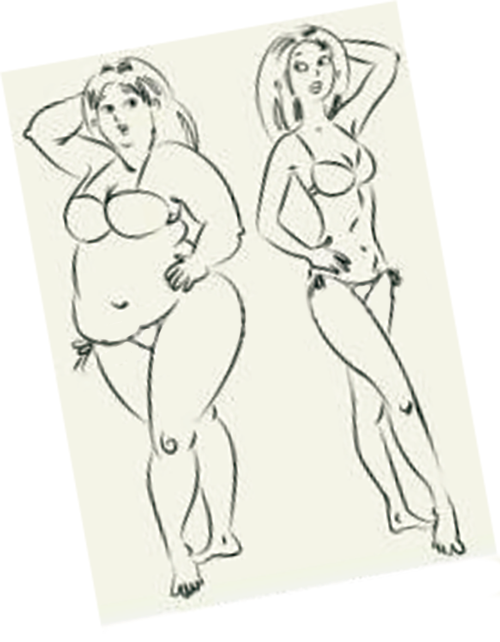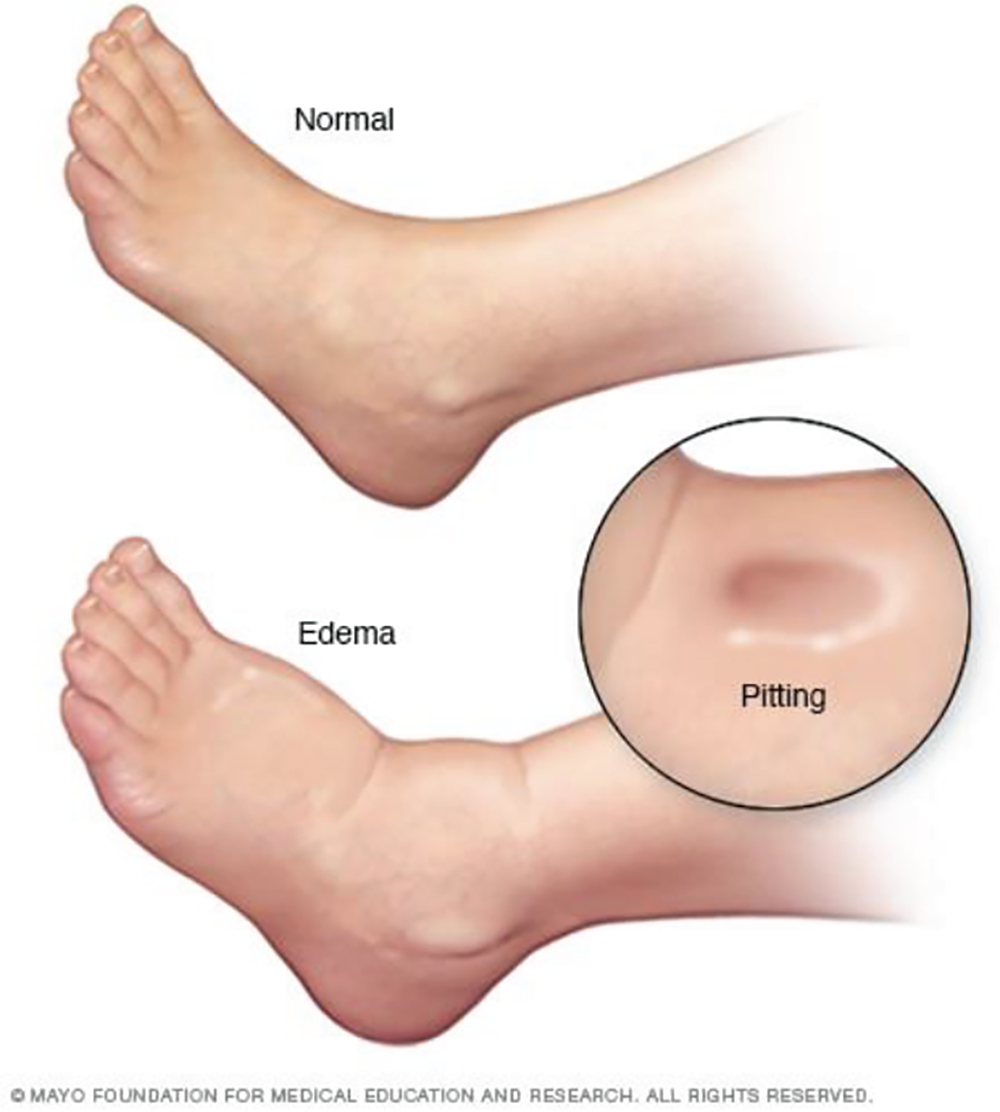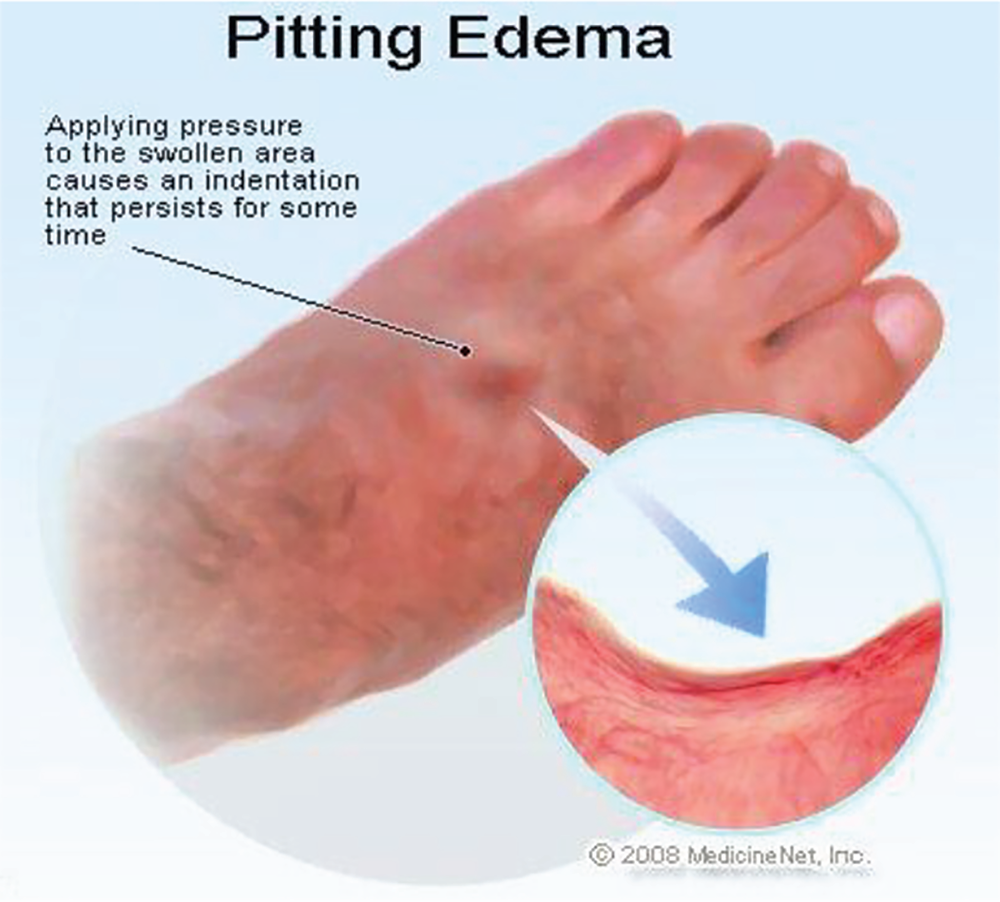Numbers, numbers, they endessly fill out our life… weight, height and many other more hidden body attributes, too, like chronobiological parameters!

Out of the several specialties and subspecialties found in Clinical Medicine, there are two standing on opposite and so far nonnegotiable sides, specifically when trying to put numbers to their measurements, that is, when trying to quantify them. Clinical Cardiology pops up immediately as the first top candidate, while on the other end easily Psychiatry is identified; unfortunately, no measurable parameters are available for the latter.
For a very long time, physicians relied mainly just on their physiological senses, experience, “clinical eye,” and very few instruments, perhaps with the stethoscope [1] as the outstanding one, but still rather subjective and qualitative, without numbers attached [2]. Descriptions, sometimes confusing, are far from being precise. They include discontinuous sounds (say, coarse and fine crackles), or pleural friction rub grating sounds heard during inspiration and expiration. Low-pitched, monophonic wheezes are heard mainly in expiration and have a low-pitched whistling tune or whine; all subjective.
Things have significantly changed, however, and in a direction perhaps that even cardiologists themselves have not yet realized. Often the term quantification is reserved for a higher operational level, where complex mathematical models are the essential sophisticated background. Instead, herein we refer to a simpler, more modest, and yet practical significant way that could be named numeralization, in the end not devoid really of deeper insights.
Congestive heart failure (CHF)
It is defined as the inability of the heart to keep up with the demands on it, with failure to pump blood out with normal efficiency. When this occurs, the heart is unable to provide adequate blood flow to other organs, such as the brain, liver, and kidneys. CHF may be due to failure of the right or left ventricle, or both. The symptoms can include shortness of breath (dyspnea), asthma due to the heart (cardiac asthma), pooling of blood (stasis) in the general systemic circulation or in the liver’s portal circulation, swelling (edema), blueness or duskiness (cyanosis), and enlargement (hypertrophy) of the heart. The many causes of CHF include coronary artery disease leading to myocardial weakness. Primary heart muscle weakness from viral infections or toxins, such as prolonged alcohol exposure, may be another cause. Still others, such as heart valve disease causing heart muscle weakness due to too much leaking of blood or causing heart muscle stiffness from a blocked valve, hyperthyroidism, and high blood pressure, enlarge the list.
While advancements have been made, 50% of patients will have an average life expectancy of five years. For those with advanced heart failure, up to 90% will pass away within one year. When asking how long can a patient live with CHF, those at a moderate stage will average ten years [3].
There is some interesting and apparently irrelevant minor news that should be brought up to emphasize their significance and to which the name of Numerical Cardiology is suggested. Let us review briefly what a standard Coronary Care Unit (CCU) usually means in any cardiac well-equipped center.
Standard coronary unit internment
By and large an emergency situation, this internment is characterized by intravenous continuous injection of a diuretic medication because CHF leads to buildup of fluids in the body and thus causes edema. Diuretics reduce fluid buildup [4]. Simultaneously, automatic drop dispensers are connected to deliver inotropic agents, such as dobutamine, and nitroglycerine, for coronary vasodilation. A 1971 article [5] concluded that nitroglycerin acts primarily by reducing left ventricular oxygen requirements and that this reduction is effected primarily through a reduction in left ventricular volume. In other words, there would not be a direct coronary vasodilator effect. A literature search did not lead to a definite statement regarding the latter possible beneficial phenomenon. The fact is that diuresis is carefully monitored by collecting urine during the injection of a diuretic agent (say, furosemide). Simultaneously, the ankles are checked, for they tend to swell showing a typical appearance. Edema is swelling caused by excess fluid trapped in the body’s tissues. Although edema can affect any region, hands, arms, feet, ankles, and legs are easier to detect.
Edema can also be the result of medication, pregnancy, or an underlying disease—often CHF, kidney disease, or cirrhosis of the liver. Taking medication to remove excess fluid and reducing the amount of salt in food often relieves edema. When edema is a sign of an underlying disease, the disease itself requires separate treatment. Often there are shortness of breath, difficulty breathing, and chest pain; these can be signs of pulmonary edema, which requires prompt treatment. Sitting for a prolonged period, such as on a long flight, leg pain develops as well as swelling that will not go away. Persistent leg pain and swelling can indicate a blood clot deep in a vein (deep vein thrombosis, or DVT). Edema occurs when tiny blood vessels in the body (capillaries) leak fluid. The fluid builds up in surrounding tissues leading to swelling.
Mild cases of edema may result from sitting or staying in one position for too long, eating too much salty food, having premenstrual signs, and also being pregnant. Edema can also be a side effect of some medications, including high blood pressure medications, nonsteroidal antiinflammatory drugs, steroid drugs, estrogens, and certain diabetes medications called thiazolidinediones [6]. If the patient is pregnant, the body retains more sodium and water than usual due to the fluid needed by the fetus and placenta. This can increase the risk of developing edema. A chronic illness can also increase the risk of edema. Surgery may sometimes obstruct a lymph node, leading to swelling in an arm or leg, usually on just one side. If untreated, edema can cause increasingly painful swelling, difficulty walking, stiffness, or stretched skin, which can become itchy and uncomfortable. Besides, there is increased risk of infection in the swollen area; scarring between layers of tissue; decreased blood circulation; decreased elasticity of arteries, veins, joints and muscles; and risk of skin ulcers. Observable swelling of body tissues due to fluid accumulation may be demonstrated by applying pressure to the swollen area (such as by depressing the skin with a finger). If the pressing causes an indentation that persists for some time after the release of the pressure, the edema is referred to as pitting edema. Any form of pressure, such as socks elastic, can induce pitting with this type of edema. Edema can be caused by either systemic diseases (diseases affecting multiple organ systems) or by local conditions involving just the affected extremities.

In systemic diseases that cause edema, the fluid accumulation is primarily due to the body’s retention of too much salt (sodium chloride), causing the body to retain water (Figures 1 and 2). The amount of excreted urine is carefully and often checked to establish the exact volume removed from that sponge-like which the body has become, not an acceptable condition, indeed.

The brief text herein presented seems to be convincing enough that numeralization of Clinical Cardiology is a subtle fact that slowly crept into practice, perhaps without realizing its significance. It should be welcome.
Besides, other more sophisticated devices, such as pacemakers and resynchronizers, should be included while medical paradigms change as scientific knowledge advances, sometimes dramatically modifying what was believed to be right [7]. Examples abound. Thus, strict rules based only on professional regulations ought to be taken with a grain of salt and be reviewed periodically. In this particular circumstance, the innocent, perhaps even naive, numeralization process is in reality philosophically deeper, for other technologies may enter the game, as was the case described not long ago by one of the authors (L. Aguinaga) who, assisted by his team, saved the life of a 17-year-old adolescent suffering from malignant arrhythmias by applying a modern cryoscopy equipment. That is, it is not too weird to evolve from the simple to the wise and vice versa. Albert Einstein stated that God is subtle but he is not malicious, so that simplicity pops up everywhere, as a permanent and necessary duality. He also used to say that the most incomprehensible fact of the universe is that the universe is comprehensible. Nature hides her secrets because of her essential loftiness, but not by means of ruse (Die Natur verbirgt ihr Geheimnis durch die Erhabenheit ihres Wesens, aber nicht durch List). Nature hides her secret through the grandeur of her nature, but not through cunning, and, yes, indeed, numeralization is not to be neglected according to this concept.
Just very recently I visited one of my doctors, Dr. Aguinaga, coauthor of this article, for a regular check-up, and he without warning and displaying a nasty smile put me right off into the CCU “enjoying” a nice pulmonary edema. During a full week, I had nothing else to do but to carefully elaborate a bunch of ideas from inside, so this contribution was developed and later on sealed in agreement by Drs. Aguinaga and E. Hasbani.
Acknowledgment
Max E. Valentinuzzi thanks Drs. Alejandro Palazzo and Roberto Barico, members of the electrophysiology team, who kindly and most efficiently helped him out: My sincere appreciation.
References
- “Stethoscope,” Wikipedia. Accessed: 2020. [Online]. Available: https://en.wikipedia.org/wiki/Stethoscope
- “Respiratory sounds,” Wikipedia, Dec. 5, 2019. Accessed: 2020. [Online]. Available: https://en.wikipedia.org/wiki/Respiratory_sounds
- W. C. Shiel, Jr., “Medical definition of congestive heart failure,” 2017. [Online]. Available: https://www.medicinenet.com/script/main/art.asp?articlekey=6972
- “What diuretics help treat,” Healthline. Accessed: 2020. [Online]. Available: https://www.healthline.com/health/diuretics#use
- J. O. Parker, R. O. West, and S. Di Giorgi, “The effect of nitroglycerin on coronary blood flow and the hemodynamic response to exercise in coronary artery disease,” Amer. J. Cardiol., vol. 27, no. 1, pp. 59–65, Jan. 1971.
- “Thiazolidinedione.” Wikipedia, Dec. 16, 2019. Accessed: 2020. [Online]. Available: https://en.wikipedia.org/wiki/Thiazolidinedione
- M. E. Valentinuzzi, “Why cardiac resynchronization therapy (CRT) is usually prescribed along with automatic implantable defibrillation (AID)? Is it a sensible decision? Historical perspective,” Int. J. Clin. Cardiol., vol. 4, no. 3, p. 100, 2017. doi: 10.23937/2378-2951/1410100. [Online]. Available: https://clinmedioumals.org/articles/iicc/intemational-ioumal-of-clinical-cardiologv-iicc-4-100.pdf



